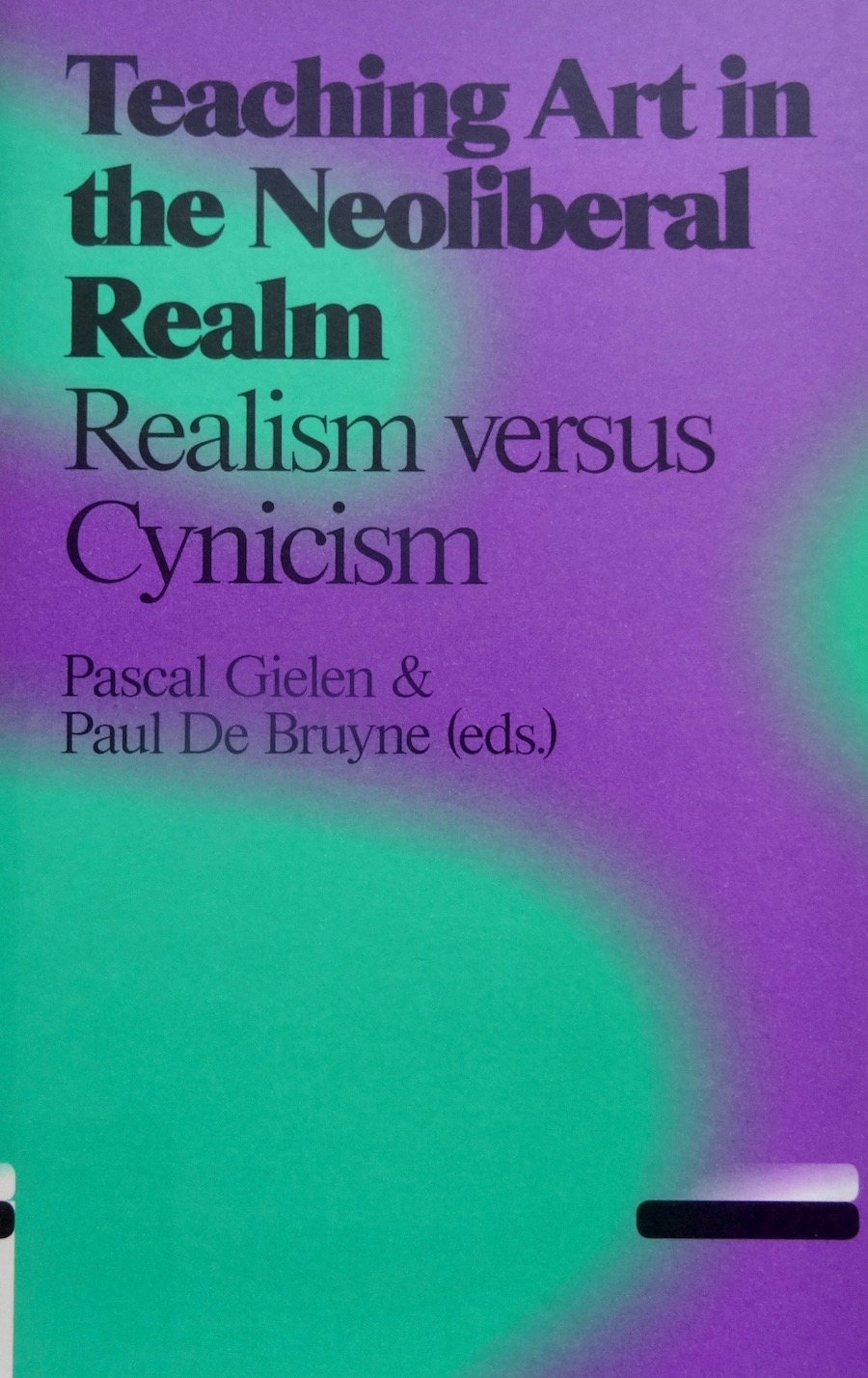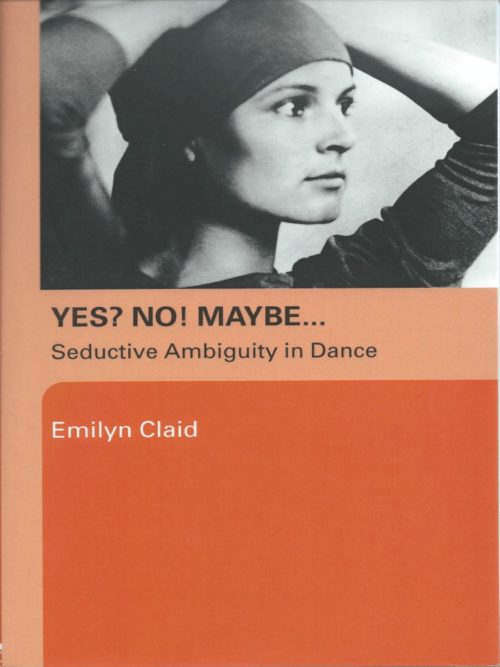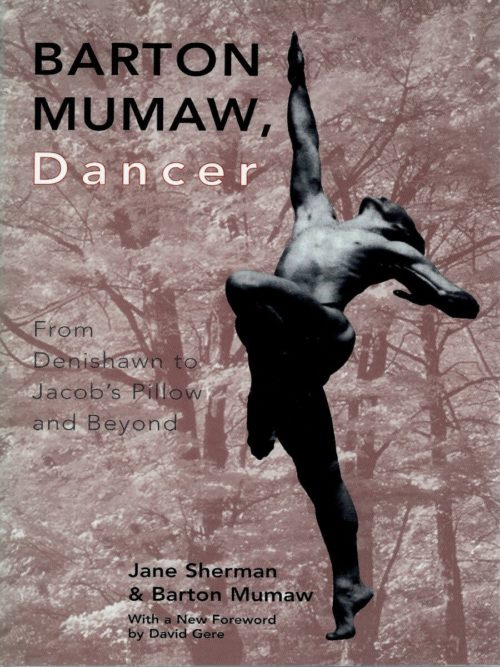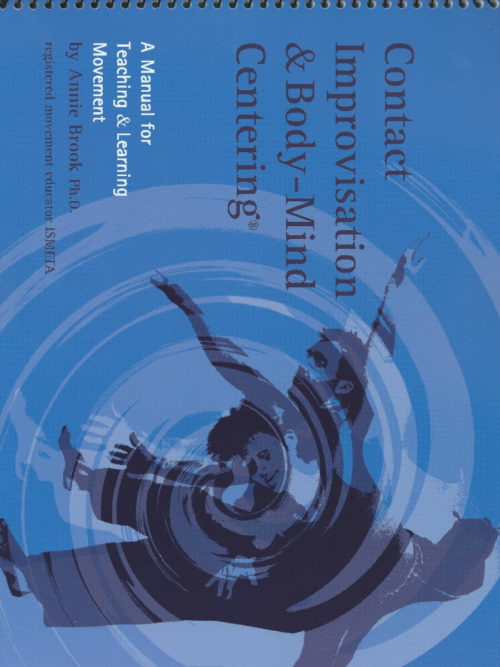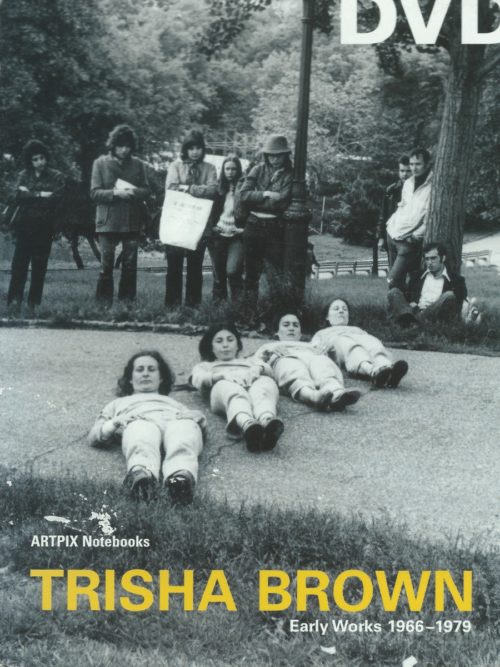RÉSUMÉ
In most countries, art education is not immune from a large-scale reorganization. Educational institutes are increasingly required to operate as businesses, competing for the best students or the largest number of them, and to express their objectives in financial terms. In short, the field of education has become a market, preoccupied with quantification and measurability. But is art education measurable at all, if the quality of art is not, or hardly so? And is it productive to treat students as if they were customers in a competitive market?
In Teaching Art in the Neoliberal Realm, both theorists and teachers analyse the cynicism of this neo-liberalized education market, pointing out the possible alternatives that are intrinsic to the needs and characteristics of art education. They do so with a striking sense of realism.
Contributors: Jeroen Boomgaard, Paul De Bruyne, Pascal Gielen, Stefan Hertmans, Anders Kreuger, Rudi Laermans, Dieter Lesage, Jan Masschelein, Daniel Muzyczuk, Tessa Overbeek, Marco Scotini, Richard Sennett, Maarten Simons, Bert Taken, Barend van Heusden.

